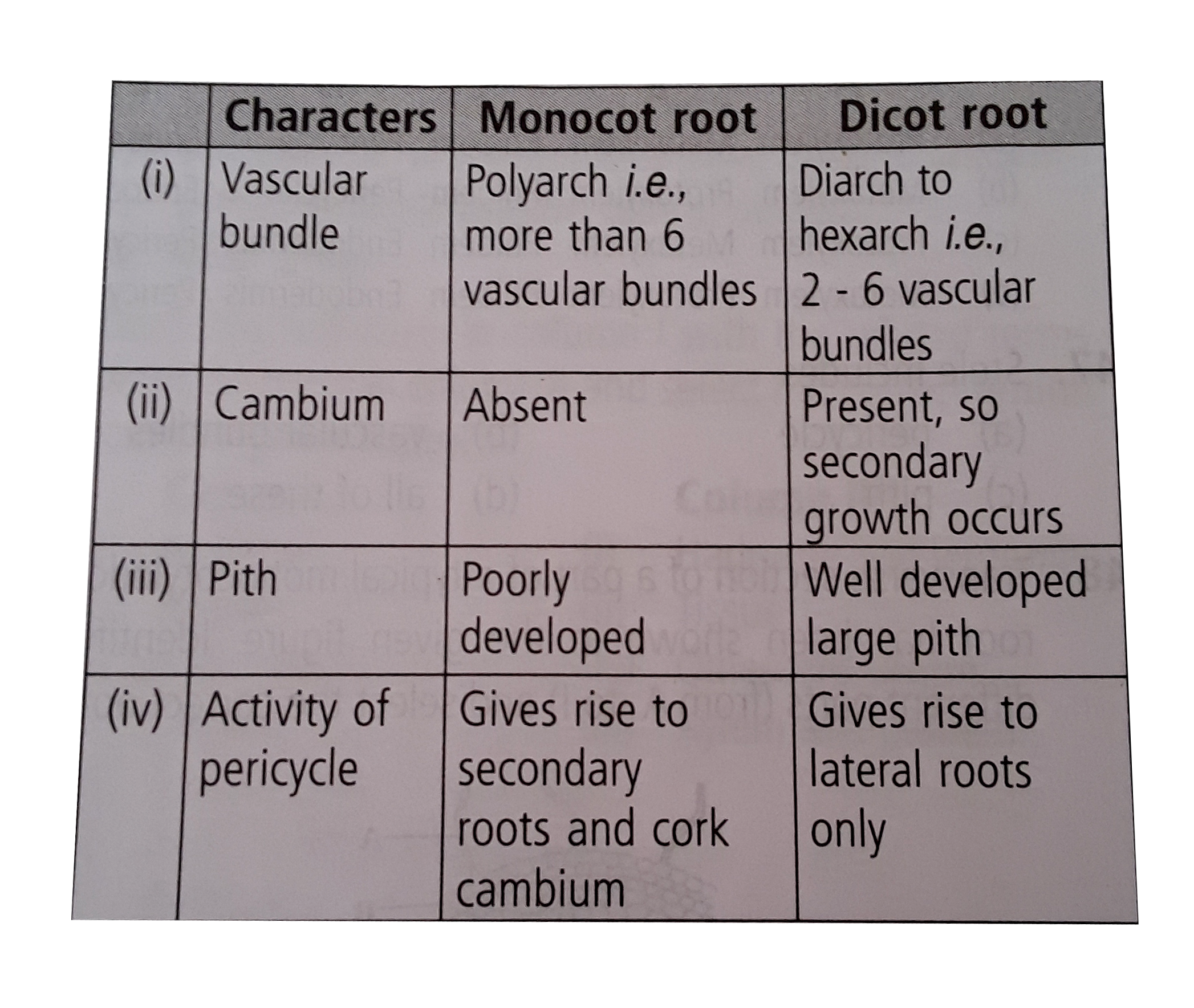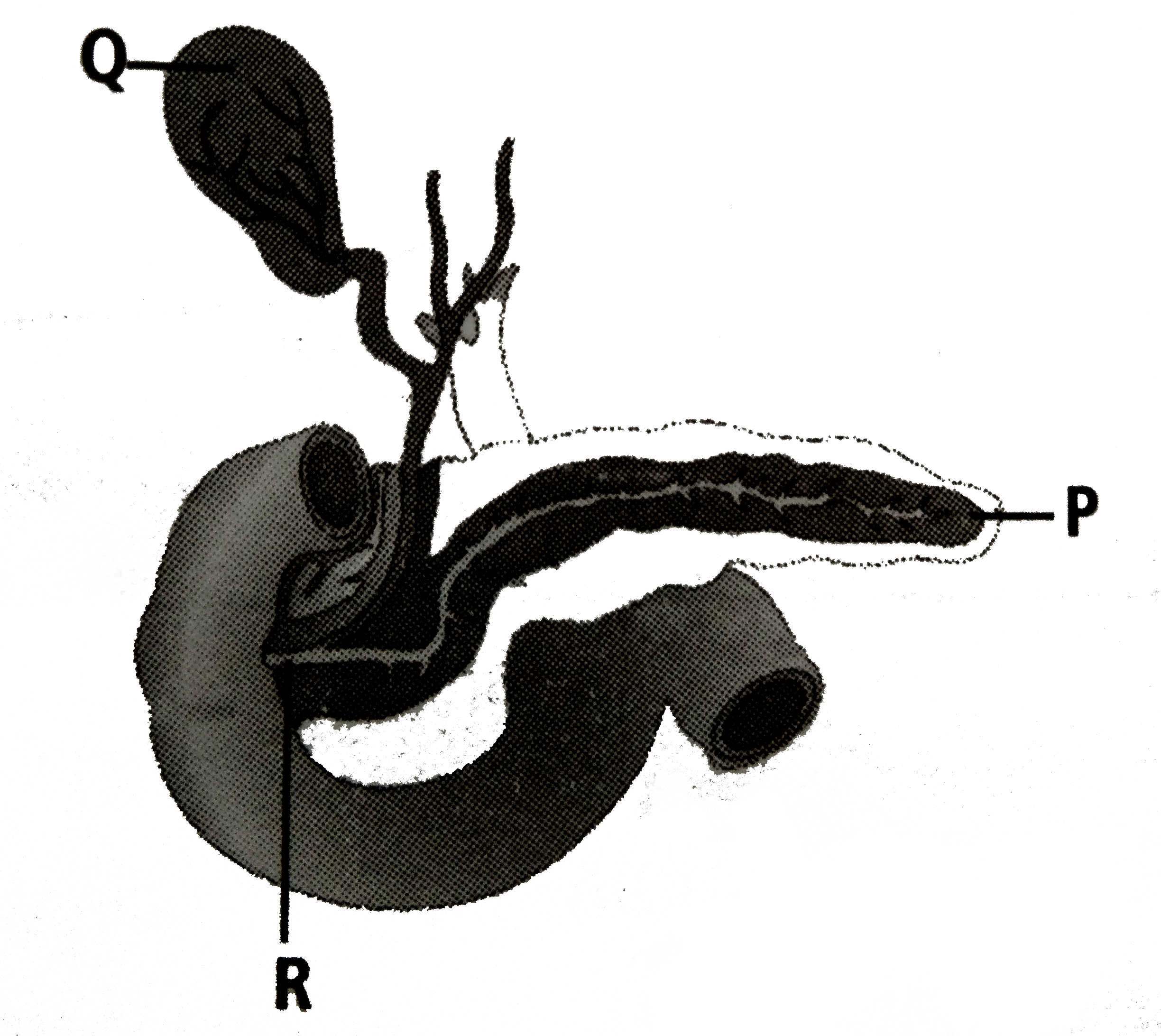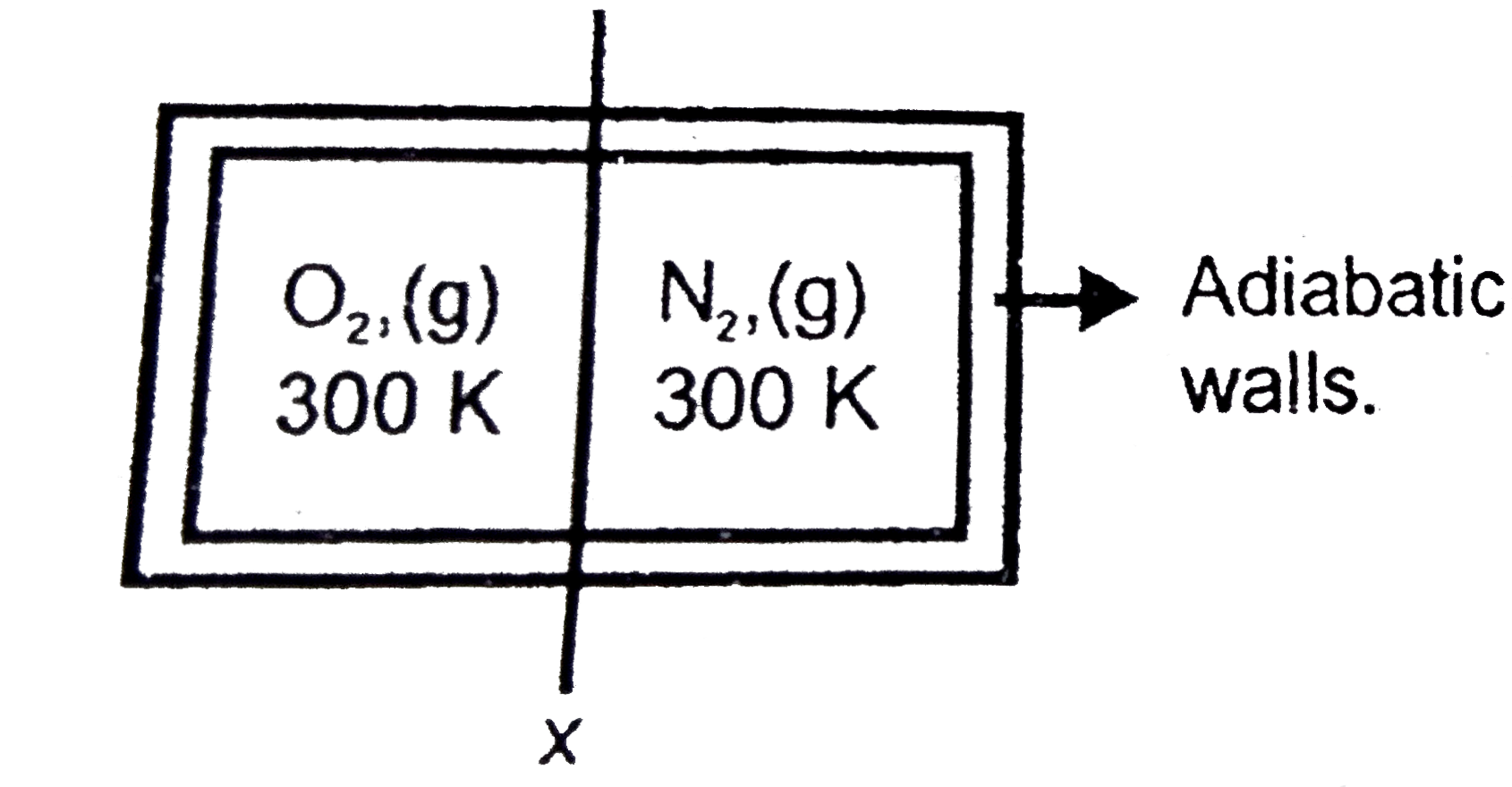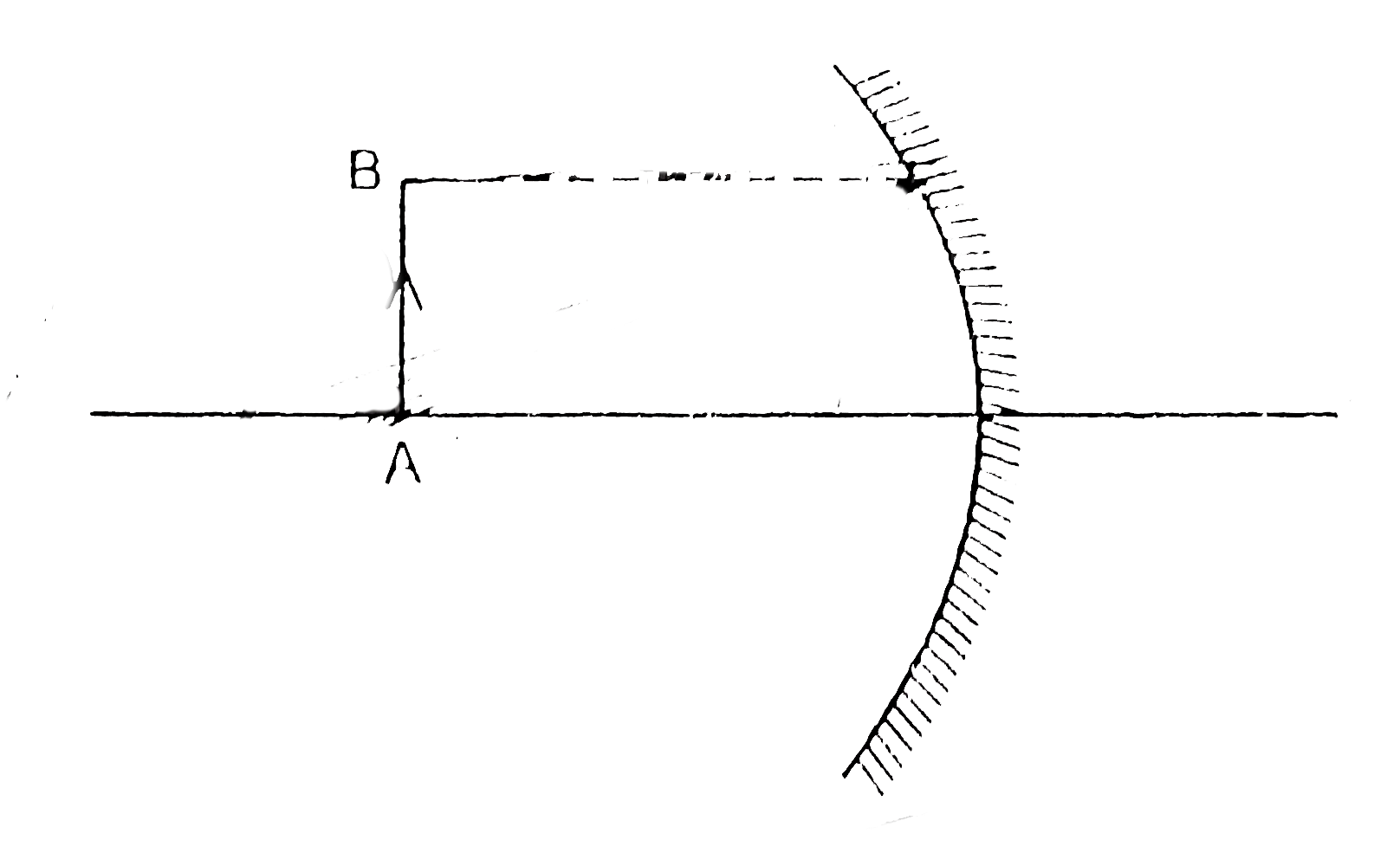select the incorrect option
sea anemone hand clown fish : Mutualism
cuckoo and crow: Brood parasitism
Ophyrus and bee : Commensalism
Sea anemone hermit crab : Parasitism
The correct Answer is:B
To solve the question of selecting the incorrect option regarding the types of interactions between different organisms, we will analyze each option step by step.
1. Option 1: Sea Anemone and Clownfish (Mutualism)
- Analysis: The relationship between sea anemones and clownfish is a classic example of mutualism. The clownfish provides nutrients to the sea anemone through its waste, while the sea anemone offers protection and shelter to the clownfish.
- Conclusion: This option is correctly matched.
2. Option 2: Cuckoo and Crow (Brood Parasitism)
- Analysis: Cuckoos are known for laying their eggs in the nests of other birds, such as crows. The crow unknowingly raises the cuckoo's chicks, which is a clear example of brood parasitism.
- Conclusion: This option is also correctly matched.
3. Option 3: Ophrys and Bee (Commensalism)
- Analysis: The relationship between the orchid Ophrys and bees is an example of commensalism. The Ophrys orchid benefits from being pollinated by the bee, while the bee is not significantly affected by the orchid.
- Conclusion: This option is correctly matched.
4. Option 4: Sea Anemone and Hermit Crab (Parasitism)
- Analysis: The relationship between sea anemones and hermit crabs is actually an example of commensalism, not parasitism. The hermit crab carries the sea anemone on its shell, gaining protection, while the sea anemone benefits from being moved to different locations.
- Conclusion: This option is incorrectly matched.
Final Answer:
The incorrect option is Option 4: Sea Anemone and Hermit Crab (Parasitism).
---
- Analysis: The relationship between sea anemones and clownfish is a classic example of mutualism. The clownfish provides nutrients to the sea anemone through its waste, while the sea anemone offers protection and shelter to the clownfish.
- Conclusion: This option is correctly matched.
- Analysis: Cuckoos are known for laying their eggs in the nests of other birds, such as crows. The crow unknowingly raises the cuckoo's chicks, which is a clear example of brood parasitism.
- Conclusion: This option is also correctly matched.
- Analysis: The relationship between the orchid Ophrys and bees is an example of commensalism. The Ophrys orchid benefits from being pollinated by the bee, while the bee is not significantly affected by the orchid.
- Conclusion: This option is correctly matched.
- Analysis: The relationship between sea anemones and hermit crabs is actually an example of commensalism, not parasitism. The hermit crab carries the sea anemone on its shell, gaining protection, while the sea anemone benefits from being moved to different locations.
- Conclusion: This option is incorrectly matched.
The incorrect option is Option 4: Sea Anemone and Hermit Crab (Parasitism).
Topper's Solved these Questions
Similar Questions
Knowledge Check

Following table summarises the differences between a monocot root and a dicot root. Identify the incorrect differences and select the correct optionA(i) and (iii)B(i) and (iv)C(iii) and (iv)D(ii) and (iii)Select an incorrect option regarding the given figure
 AP is a compound gland with exocrine and endocrine sectionsBR is formed from duct of gall bladder along with the hepatic ductCR is guarded by a sphincter of OdiiDQ stores bile which is actually produced in liver
AP is a compound gland with exocrine and endocrine sectionsBR is formed from duct of gall bladder along with the hepatic ductCR is guarded by a sphincter of OdiiDQ stores bile which is actually produced in liverRead the statements given below regarding the digestive system and select incorrect option.
ACesophagus, the food pipe passes through the neck, thoracic cavity and diaphragm and opens into stomachBStomach is the widest part of the alimentary canal secretes amylase and bileCLarge Intestine is larger in length and is the end of the alimentary canalDPancreas is the largest gland of human digestive system
Consider the following arrangement :

If O2 and N2 are assumed to behave ideally, then on removing partition X (smoothly), then select incorrect option(s) for this process :
View SolutionGiven below is the diagram of human lymphatic system, where A, B, C and D are lymphoid organs. Select incorrect option regarding the lymphoid organs labelled as A, B, C and D.

View SolutionChoose the incorrect option/options :
View SolutionChoose the incorrect option from the options given below
View SolutionChoose the incorrect option,
View Solution

